10 Ways Not to Waterproofed Your Property

Waterproofing plays a crucial role in construction and renovation projects, safeguarding buildings and structures against water damage. However, it’s essential to steer clear of certain practices and approaches that can hinder effective waterproofing. We will look at some of the worst methods of waterproofing and the potential outcome of it.
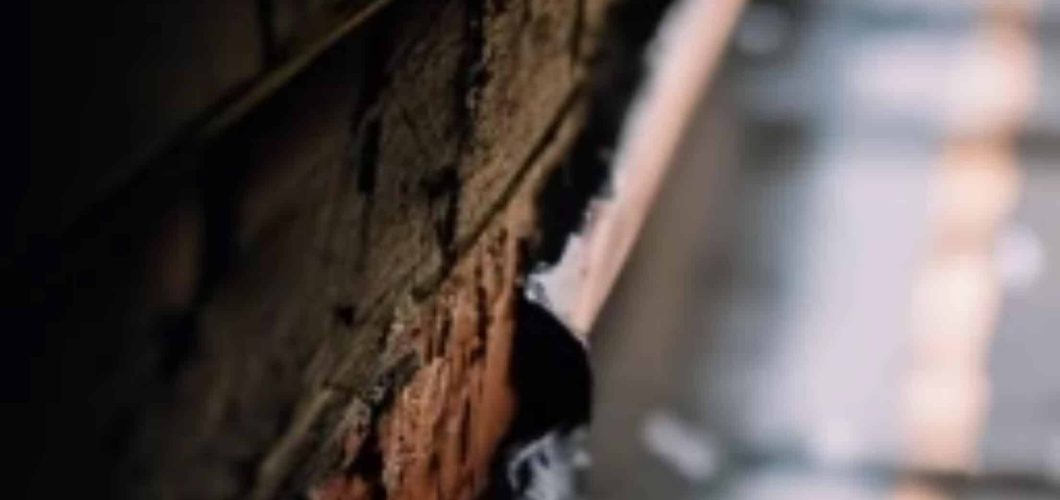
Could use an additional inch of flashing
Flashing holds significant importance in waterproofing systems as it diverts water away from vulnerable areas. Neglecting to provide sufficient flashing or failing to extend it adequately beyond the problematic area can result in water infiltration and subsequent damage. Taking shortcuts with flashing can compromise the integrity of the entire waterproofing system.
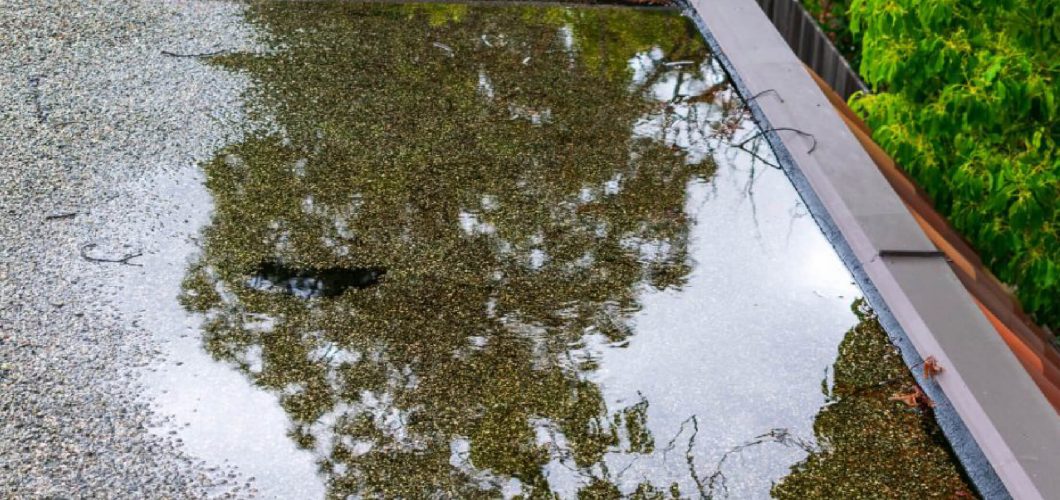
Drainage is positioned too high
Improper placement of drainage systems can pose a considerable challenge in waterproofing. If the drain is installed at an excessive height or with an incorrect slope, it may fail to efficiently collect and channel water away from the structure. This can lead to water pooling or seepage into the building, causing gradual damage over time.
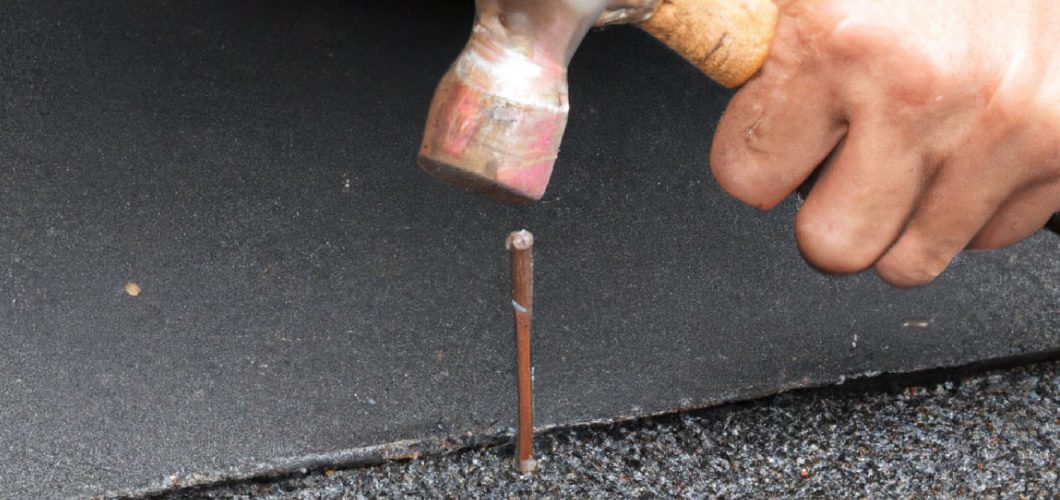
Nailing through the waterproofing
Inexperienced or careless installation practices can result in nails or fasteners puncturing the waterproofing membrane or coating. These penetrations create pathways for water to enter, defeating the purpose of the waterproofing system. Meticulous attention to detail and adherence to proper installation techniques are crucial to avoid such errors.
Value engineering
Value engineering is often viewed as an opportunity to reduce costs during construction. However, when it comes to waterproofing, compromising quality in favor of cost savings can have serious consequences. Choosing inferior materials or opting for substandard waterproofing solutions as a means of cutting corners can result in premature failure and expensive repairs in the future.
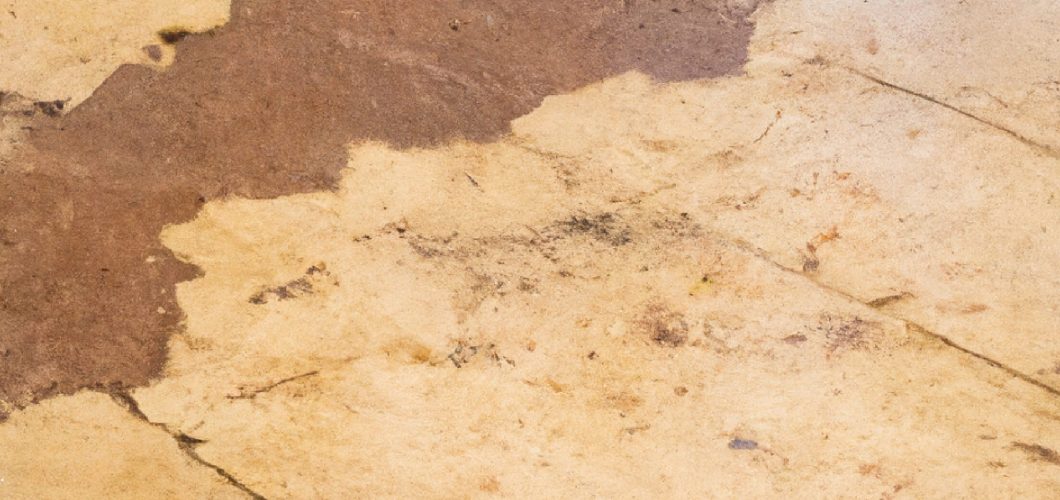
The substrate is in good "condition"
Disregarding the condition of the substrate or assuming it is flawless can be a significant mistake. Proper surface preparation, including addressing cracks, imperfections, or inadequate slope, is crucial for effective waterproofing. Failing to assess and rectify substrate issues can undermine the adhesion and overall performance of the waterproofing system.
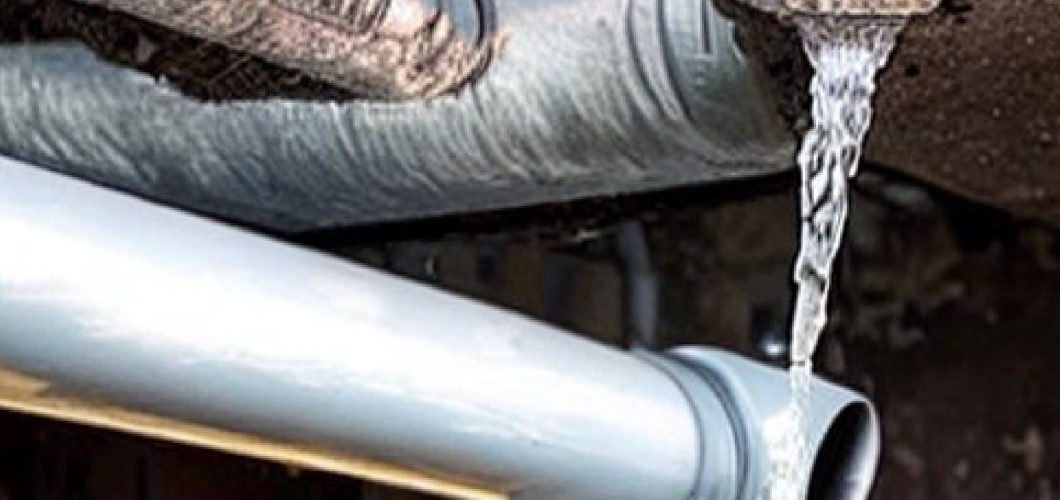
Ignoring the actual problem beneath the surface
Merely addressing visible signs of water damage without investigating and resolving the root cause can lead to recurring issues. Water infiltration may be an indication of more significant underlying problems, such as poor drainage, plumbing leaks, or structural defects. Identifying and addressing these issues is vital for a successful waterproofing solution.
Cheap fix / patch waterproofing:
Opting for a quick and inexpensive fix, such as patching a small area of waterproofing, may appear convenient, but it is not a long-term solution. Patching the problem without evaluating the broader waterproofing system and addressing potential vulnerabilities can result in further water damage and necessitate more extensive repairs in the future.
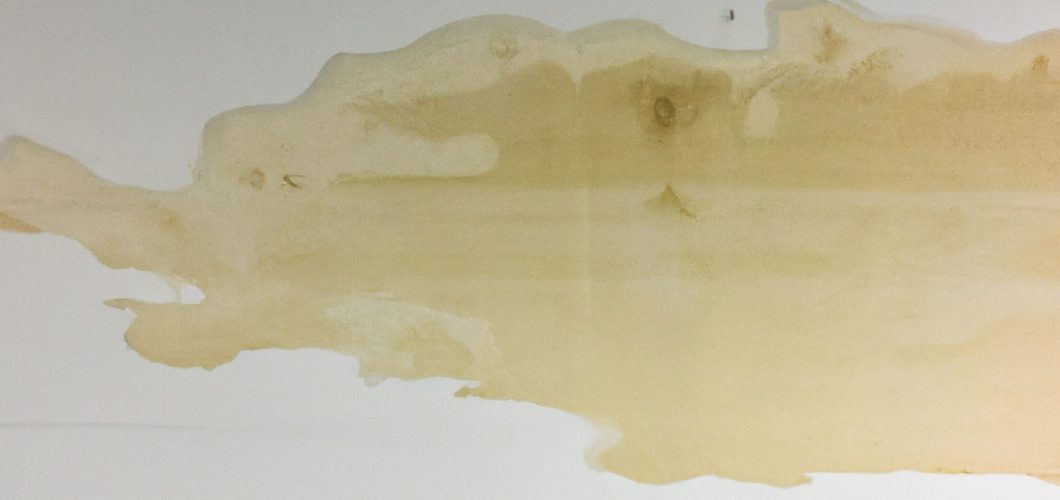
Failure to identify the cause of staining
Ignoring or merely concealing stains on walls or ceilings caused by water damage is unwise. Neglecting to investigate the source of the staining and address the underlying issue can lead to persistent water infiltration, mold growth, and structural damage. Implementing proper waterproofing measures is essential to prevent further damage.
Applying only one coat
Applying a single coat of waterproofing material may not provide adequate protection against water penetration. Multiple coats are often recommended to establish a robust and durable barrier against moisture. Cutting corners by applying only one coat can compromise the effectiveness of the waterproofing system.
Conclusion
Avoiding these worst methods of waterproofing is crucial to guarantee the longevity and effectiveness of your waterproofing system. By being mindful of proper installation techniques, addressing underlying issues, and utilizing quality materials, you can ensure a durable and reliable waterproofing solution.
